Sikorsky S-
Like its predecessor, the Westland Whirlwind, the Wessex was a development of a
successful Sikorsky design. Early in 1956, Westlands acquired an S-
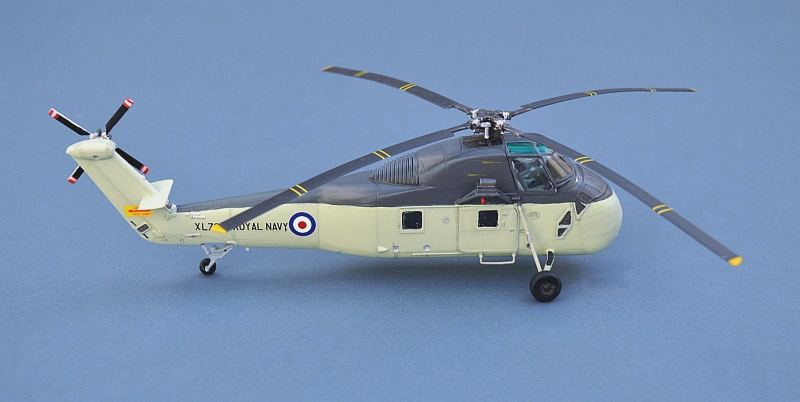
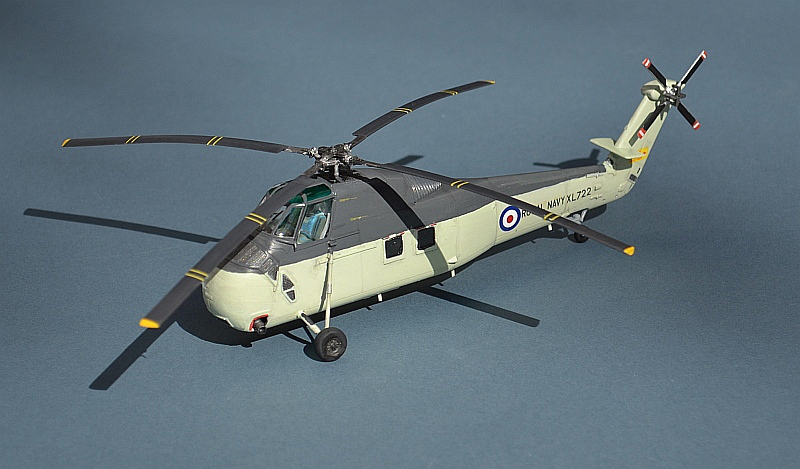

Westland Wessex HAS.1, 815 Sqn FAA, HMS ARK ROYAL, 1965
On its introduction to service in 1961, the gas turbine powered Wessex marked a step change in the Royal Navy’s anti submarine warfare capabilities. It was the first Fleet Air Arm helicopter to be designed for ASW from the start, bringing a number of key improvements over its predecessor, the Whirlwind.
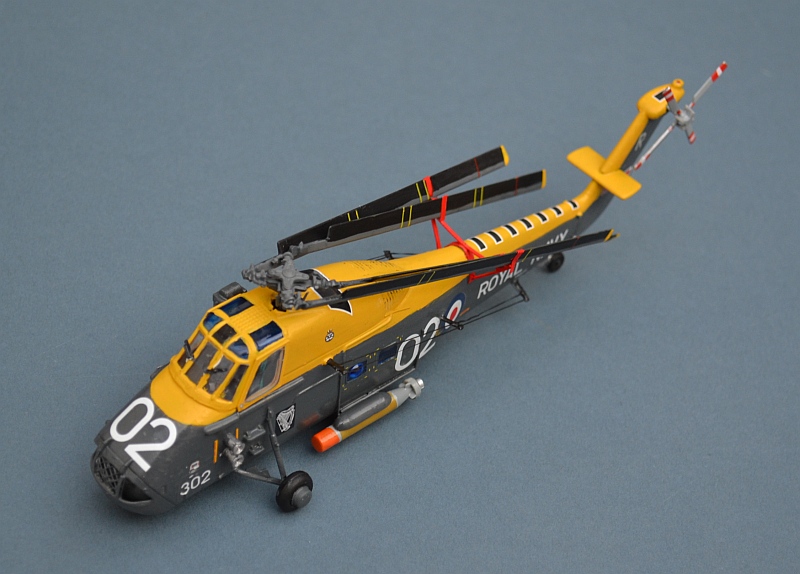
With advanced avionics, the ability to carry the latest NATO Mk.44 homing torpedoes
and a US-
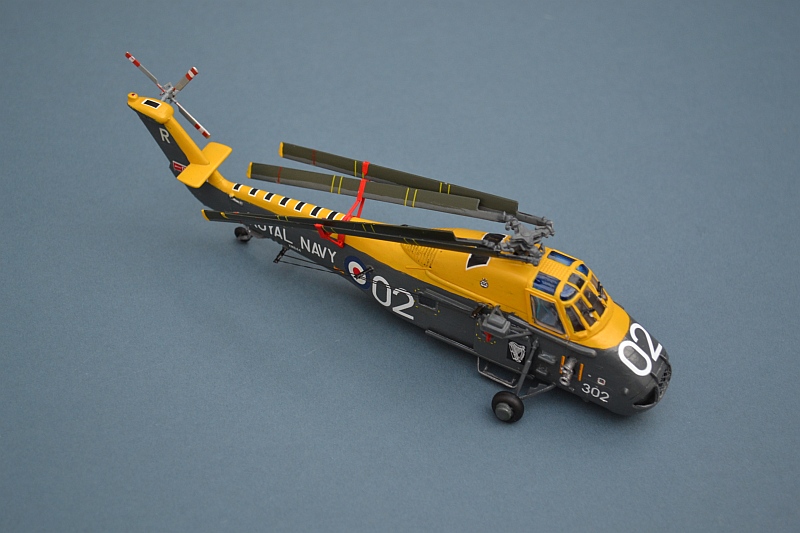
The Wessex HAS1 was hugely successful, but naval technology was moving rapidly forward and it was soon obsolescent. With the introduction in 1967 of a far more capable UK dipping sonar by the Plessey company a practical lightweight radar set and a more powerful engine, a new Wessex variant, the HAS3, was introduced. A number of Mk.3s were converted from Mk.1s, with many of the rest being adapted for Search and Rescue duties, a role in which they continued until the late 1970s.
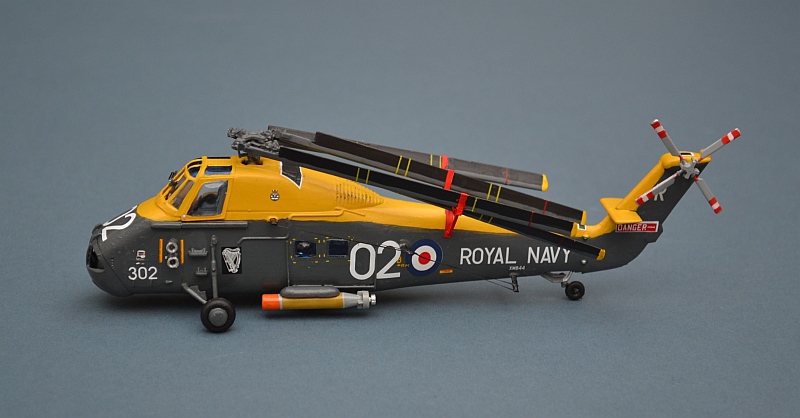
Westland Wessex HAS.3, 100 Flight, 737 Sqn FAA,
HMS ANTRIM, Falklands, 1982 -
"Be pleased to inform Her Majesty that the White Ensign flies alongside the Union Jack in South Georgia. God save the Queen."
The Wessex was a Westland licence-
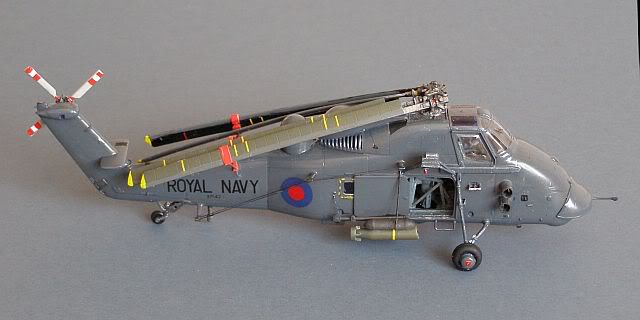
As the available power of the Gazelle engine increased to 1600SHP, Westland introduced
the definitive ASW Wessex Mk3, with Radar, an advanced dipping sonar system, improved
weapons fit, in-
Although it began to be replaced in the early 1970s by the Sea King, Wessex HAS.3s
remained in front line ASW service until 1983, embarked in the powerful County Class
Destroyers (whose snug sideways-
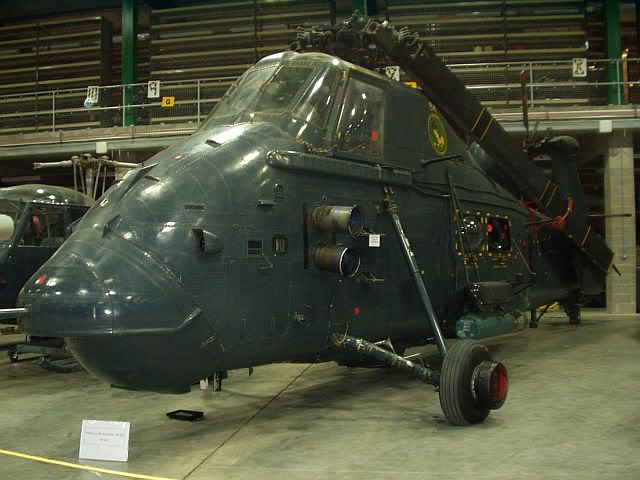
"Humphrey" at the FAA Museum
The Wessex 3's last operational deployment was during the 1982 Falklands War, when
aircraft of 737 Sqn in HMS GLAMORGAN and ANTRIM played key roles. ANTRIM's Wessex
3, nicknamed "Humphrey" (for its camel-
Humprey currently resides in the FAA Museum at Yeovilton, still bearing shrapnel damage from the 1982 conflict.
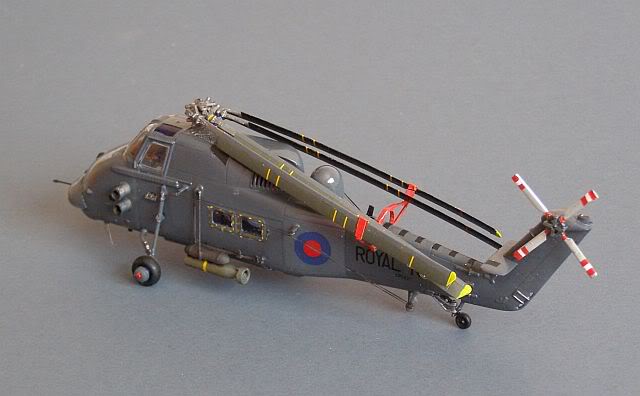
Revell and Italeri have both issued this particular kit, which is generally very well formed, albeit with a few surprisingly basic faults. This one has a scratch built interior, weapons pylons and Mk11 depth charges, whilst the radome has been replaced with a better shaped item from an old Airfix Sea King kit. Link to Build Page
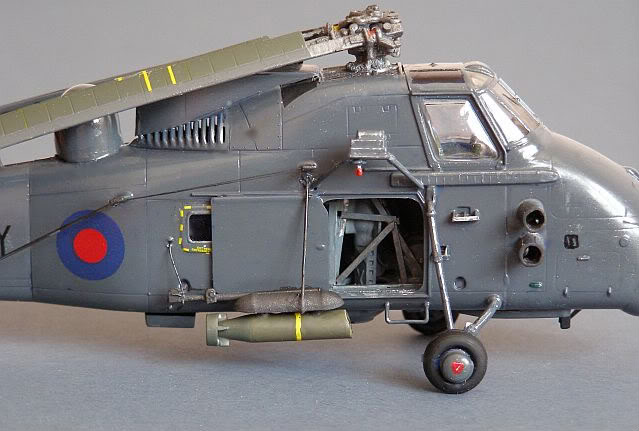
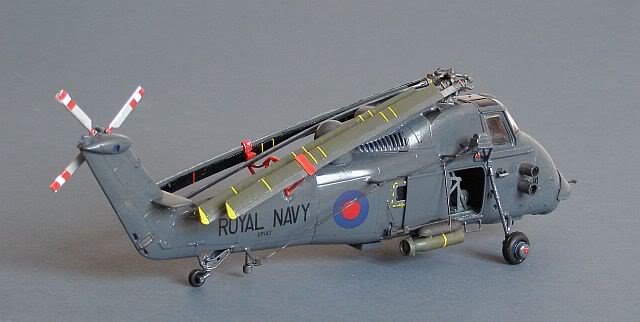
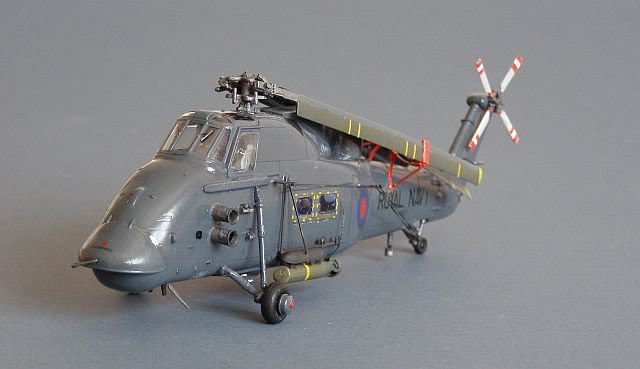
Westland Wessex V, 771 Sqn FAA, RNAS Culdrose 1984
Following the successful use of the Wessex Mk1 in the Commando Assault role, the
RN commissioned Westland to develop a specific troop carrying aircraft for use by
the Royal Marines. Fitted with more powerful twin Bristol-
Wessex Vs saw their last RN service as shore based SAR and RFA based utility aircraft, whilst the RAF also adopted a variant of the Wessex V as a troop carrier and SAR aircraft. The RAF Royal Flight also operated the Wessex HCC.4 VIP variant as transport for the Royal Family from 1968 to 1998.
Matchbox. Although this same kit was issued by Revell with similar markings, these are a composite of various Modeldecal markings. The Matchbox kit is rather chunky and fiddly, but looks good when finished.
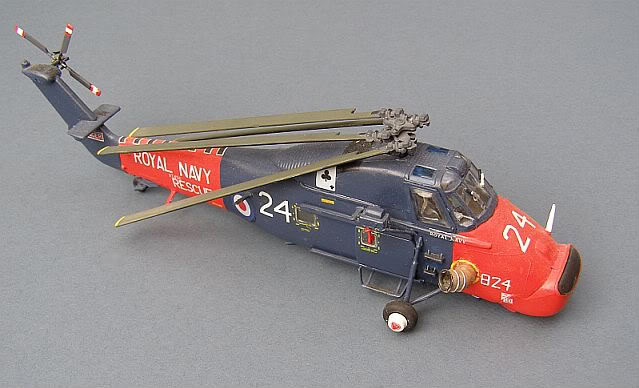
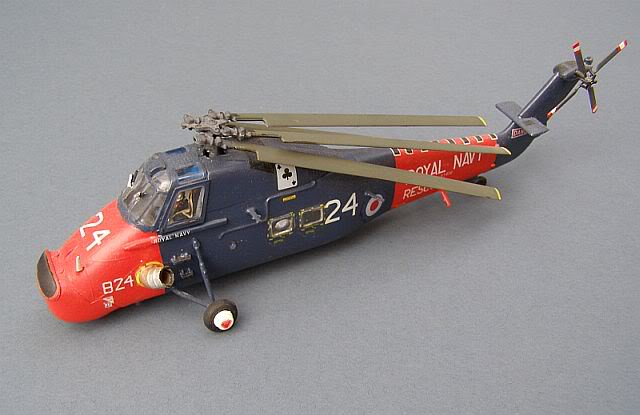
Westland Wessex V "Junglie", 845 Sqn FAA,
HMS HERMES -
Matchbox again. Modeldecal markings.
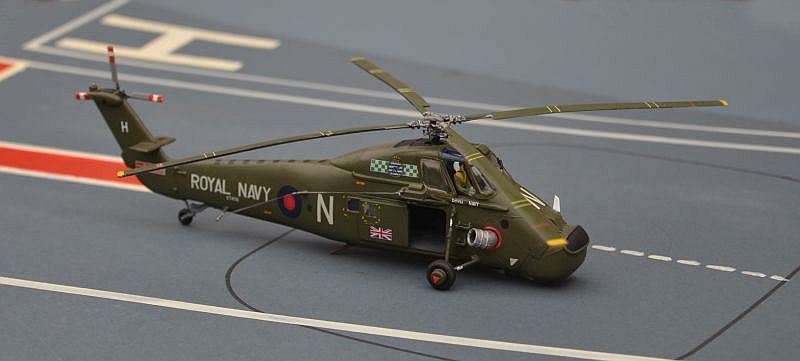

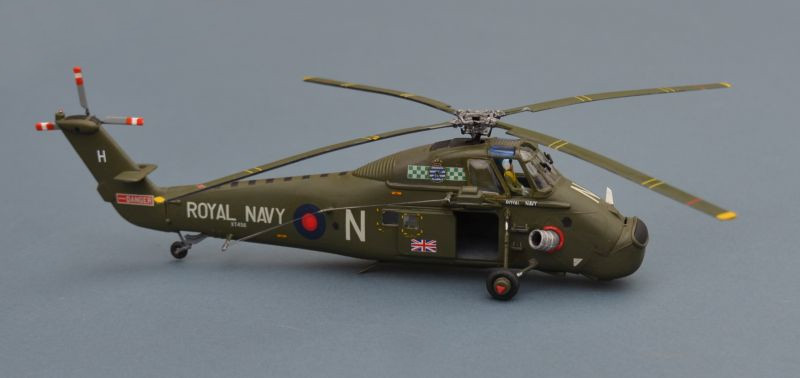
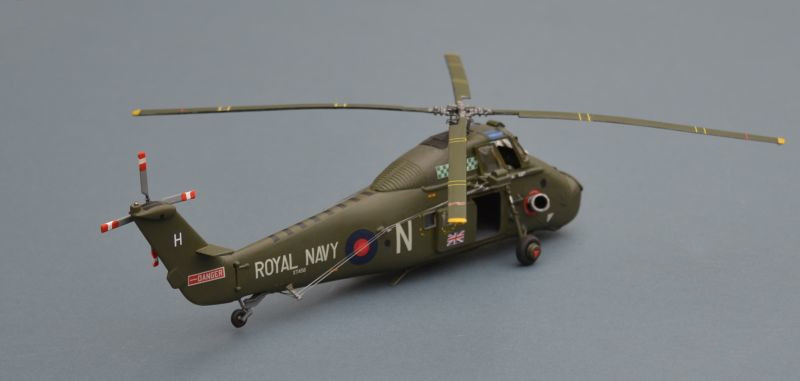
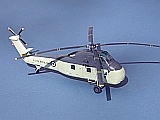

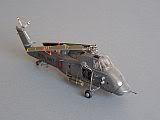
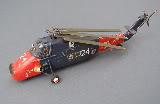
The Westland Wessex……….
